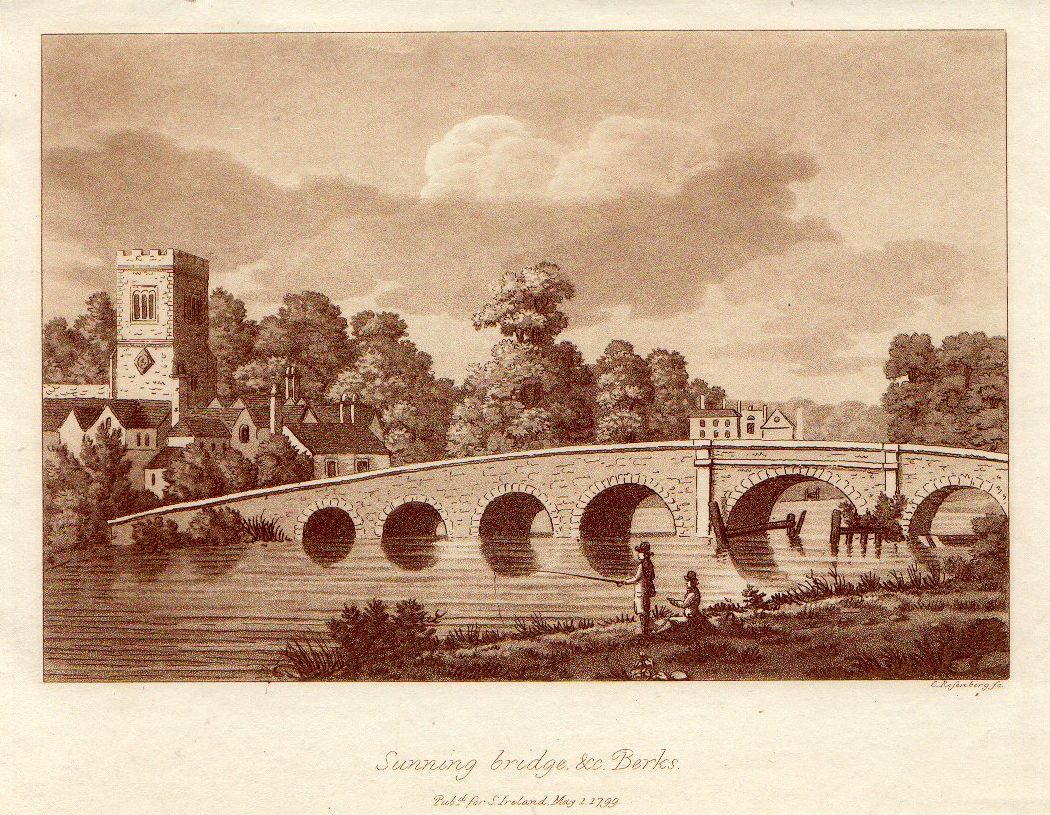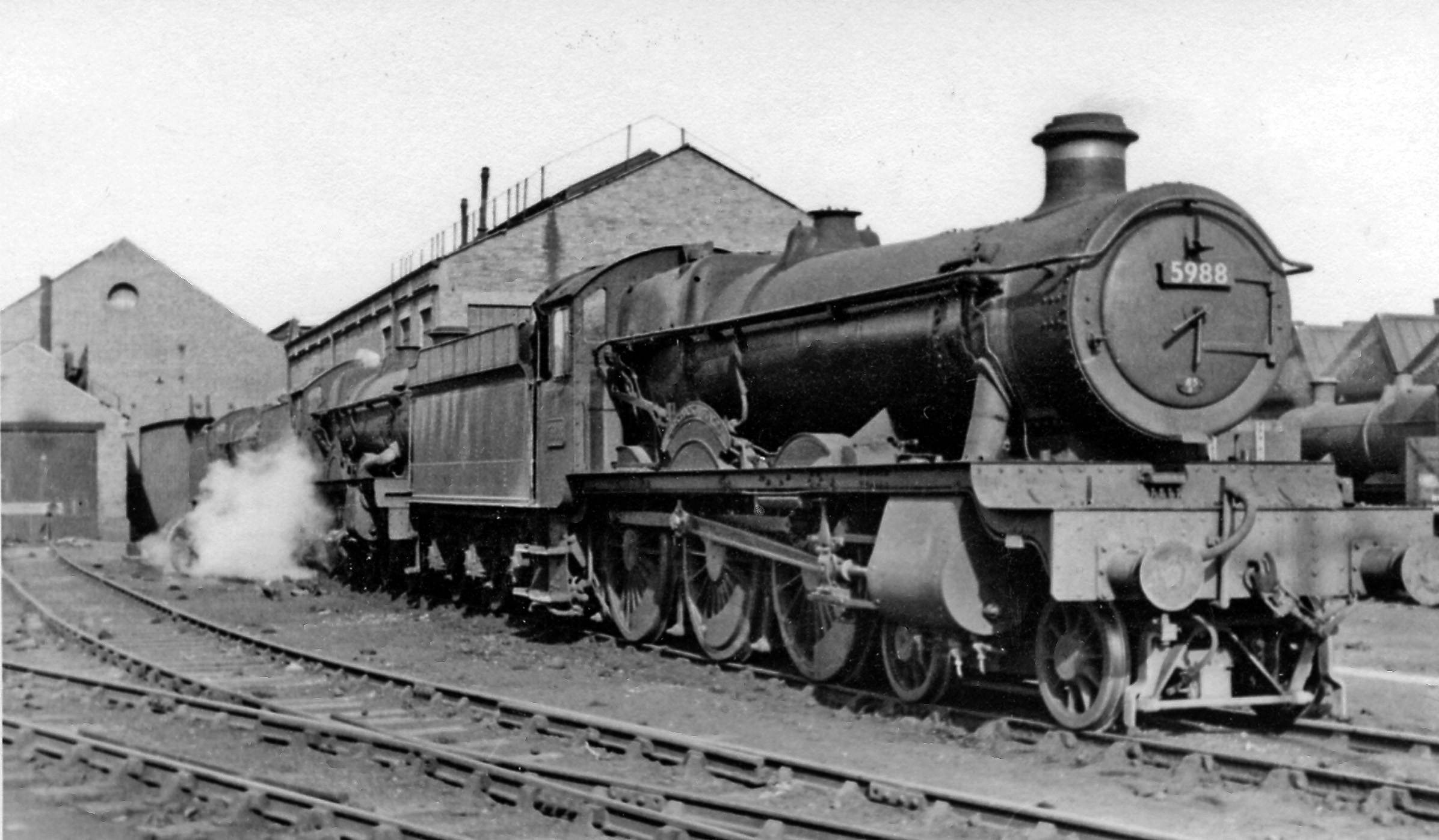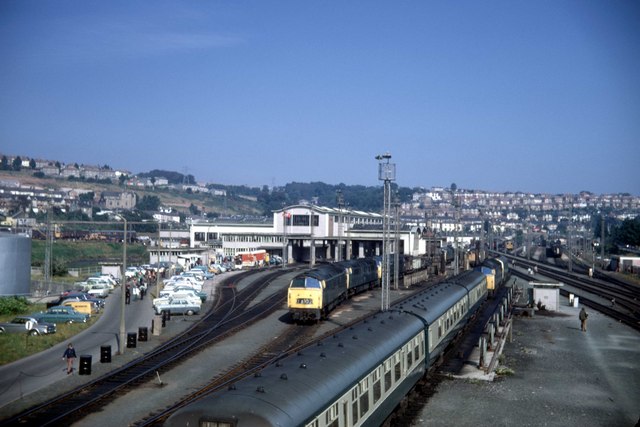|
British Rail Class 35
The British Rail Class 35 is a class of mixed-traffic B-B diesel locomotive with hydraulic transmission. Because of their Mekydro-design hydraulic transmission units, the locomotives became known as the Hymeks. They were numbered D7000-D7100. The class was developed for the Western Region of British Railways, which had opted for lightweight locomotives with hydraulic transmission, when allocated funds under the British Railways Modernisation Plan of 1955. 101 of the class were built between 1961 and 1964, when it became apparent that there was a requirement for a medium-power diesel-hydraulic design for both secondary passenger work and freight duties. They were allocated to Bristol Bath Road, Cardiff Canton, and Old Oak Common. None of the class was named. Withdrawal from service began in 1971, and was completed by 1975. Their early withdrawal was caused, primarily, by BR classifying the hydraulic transmission as non-standard. Development The builder, Beyer Peacock (Hyme ... [...More Info...] [...Related Items...] OR: [Wikipedia] [Google] [Baidu] |
Reading Railway Station
Reading railway station is a major transport hub in Reading, Berkshire, England. It is on the northern edge of the town centre, near the main retail and commercial areas and the River Thames, from . Reading is the ninth-busiest station in the UK outside London, and the second busiest interchange station outside London, with over 3.8 million passengers changing trains at the station annually. The station is managed by Network Rail and is served by four train operating companies: Great Western Railway, CrossCountry, South Western Railway and the Elizabeth line. History Original station The first Reading station was opened on 30 March 1840 as the temporary western terminus of the original line of the Great Western Railway (GWR). The time taken to travel from London to Reading was reduced to one hour and five minutes, less than a quarter of the time taken by the fastest stagecoach. The line was extended to its intended terminus at Bristol in 1841. As built, Reading stat ... [...More Info...] [...Related Items...] OR: [Wikipedia] [Google] [Baidu] |
Western Region Of British Railways
The Western Region was a region of British Railways from 1948. The region ceased to be an operating unit in its own right on completion of the "Organising for Quality" initiative on 6 April 1992. The Region consisted principally of ex- Great Western Railway lines, minus certain lines west of Birmingham, which were transferred to the London Midland Region in 1963 and with the addition of all former Southern Railway routes west of Exeter, which were subsequently rationalised. History When British Railways was created at the start of 1948, it was immediately subdivided into six Regions, largely based upon pre-nationalisation ownership. The Western Region initially consisted of the former Great Western Railway system, totalling 3,782 route miles and with its headquarters at Paddington. To this was added some minor railways and joint lines in which the GWR had an interest: *Brynmawr and Western Valleys Railway *Clifton Extension Railway * Easton and Church Hope Railway *Great ... [...More Info...] [...Related Items...] OR: [Wikipedia] [Google] [Baidu] |
Sonning Cutting Geograph-2399322-by-Ben-Brooksbank
Sonning is a village and civil parish in Berkshire, England, on the River Thames, east of Reading. The village was described by Jerome K. Jerome in his book ''Three Men in a Boat'' as "the most fairy-like little nook on the whole river". Geography The parish of Sonning originally included Charvil, Woodley and Earley and, before the formation of civil parishes in 1866, was a cross-county-boundary parish containing Sonning Eye, Dunsden Green and Playhatch in Oxfordshire as well. It is now much smaller and triangular shaped. The ecclesiastical parish of Sonning continues to include Sonning, Charvil and Sonning Eye. The northwestern boundary is formed by the River Thames before passing through the middle of the Thames Valley Park. The southern border follows the railway line. The northeastern boundary travels over Charvil Hill and follows the edge of the housing at Charvil itself until it reaches the confluence of St Patrick's Stream with the Thames, near St Patrick's Bridge. ... [...More Info...] [...Related Items...] OR: [Wikipedia] [Google] [Baidu] |
Cardiff Canton TMD
Cardiff Canton TMD ( cy, Depo Cynnal a Chadw Treganna Caerdydd) is a diesel locomotive traction maintenance depot in Cardiff, Wales. Its depot code is CF. It is operated by Transport for Wales. The depot is used by Transport for Wales fleet and some Cross Country Class 170s. In steam days the depot was called Cardiff Canton and its shed code was 86C. It was built in 1882 as the main maintenance base for the South Wales Railway and the major Welsh engineering base for the Great Western Railway (GWR). After nationalisation in 1948 it was a heavy overhaul base for British Railways. After privatisation in the mid-1990s the depot became a joint Arriva Trains Wales and English Welsh & Scottish facility. The EWS depot closed as a maintenance centre from 10 December 2005, but EWS' successor DB Cargo UK still uses the depot for long-term storage and occasional stabling. History Steam Cardiff Canton was opened in June 1882 as a six road, -long shed, built to replace Long Dyke, ea ... [...More Info...] [...Related Items...] OR: [Wikipedia] [Google] [Baidu] |
Laira Traction & Rolling Stock Maintenance Depot
Laira T&RSMD is a railway traction and rolling stock maintenance depot situated in Plymouth, Devon, England. The depot is operated by Great Western Railway and is mainly concerned with the overhaul and daily servicing of their fleet of High Speed Trains and also the DMUs used on local services. The depot code "LA" is used to identify rolling stock based there. After sixty years as a steam depot, servicing locomotives used on the Exeter to Plymouth line that runs past the shed as well as local lines, diesels started to arrive in 1958. A diesel depot opened in 1962 and was expanded in 1981 to accommodate the High Speed Trains. History Steam shed Laira was the location of the temporary terminus of the South Devon Railway from 5 May 1848 when a small engine shed would have been provided. With the completion of the line to Plymouth Millbay railway station on 2 April 1849 a new shed was provided there and the facilities at Laira dismantled, although it remained a junction for ... [...More Info...] [...Related Items...] OR: [Wikipedia] [Google] [Baidu] |
Newton Abbot Engine Shed
Newton Abbot railway station serves the town of Newton Abbot in Devon, England. It is from London, measured from the zero point at to the junction for the branch to . The station today is managed by Great Western Railway, who provide train services along with CrossCountry. For many years, it was also the junction for the branch line to Moretonhampstead and the site of a large locomotive workshop. History Broad gauge The station was opened by the South Devon Railway Company on 30 December 1846 when its line was extended from Teignmouth railway station. It was opened through to on 20 June 1847 and a branch to Torquay was added on 18 December 1848. The Moretonhampstead and South Devon Railway opened its branch line on 26 June 1866. All these railways used the broad gauge. Approaching the station from the town along Queen Street, people first saw the large goods shed. On the opposite side of the line was the pumping house for the atmospheric railway system that powered ... [...More Info...] [...Related Items...] OR: [Wikipedia] [Google] [Baidu] |
Bristol Bath Road Depot
Bristol Bath Road depot was a railway traction maintenance depot in central Bristol, England, which was in use from 1852 until 1995. History The Bristol and Exeter Railway opened workshops at Bath Road in January 1852. 35 locomotives were built in the workshops between 1859 and 1876. Part of the site was an engine shed with six tracks. It was rebuilt under the Loans and Guarantees Act (1929) in 1934 by the Great Western Railway. The site's scale meant that although the depot was to be the major repair and maintenance point for the Bristol divisional area, the shed was restricted to a steel-frame straight 8-road with northernlight roof pattern form, as opposed to the GWR standard-pattern turntable model like Old Oak Common. Secondly, as the depot was so close to Bristol Temple Meads, it was required to keep the depot in full operation while construction took place. The twin-ramp coal stage was of standard GWR pattern but used concrete beams and brick piers to restrict ramp width. ... [...More Info...] [...Related Items...] OR: [Wikipedia] [Google] [Baidu] |
Old Oak Common TMD
Old Oak Common TMD was a traction maintenance depot located west of Paddington railway station, London Paddington, in Old Oak Common. The depot was the main facility for the storage and servicing of locomotives and multiple-units from Paddington railway station, Paddington. The depot codes were OC for the diesel depot and OO for the carriage shed. In steam days the List of British Railways shed codes, shed code was 81A. The area is also where two Great Western Railway main lines divide: the 1838 route to via , and the 1906 "New North Main Line" (present-day Acton–Northolt line) via to South Ruislip station, Northolt Junction, the start of the Great Western and Great Central Joint Railway line. The former is in use for regular passenger services; the latter is used overwhelmingly by freight trains and empty coaching stock movements. The 'HST' section of Old Oak Common TMD, more commonly known as 'Old Oak Common HST Depot' closed in 2018 with the removal of the InterCity 125s ... [...More Info...] [...Related Items...] OR: [Wikipedia] [Google] [Baidu] |
Ian Allan Publishing
Ian Allan Publishing was an English publisher, established in 1942, which specialised in transport books. It was founded by Ian Allan. In 1942 Ian Allan, then working in the public relations department for the Southern Railway at Waterloo station, decided he could deal with many of the requests he received about rolling stock by collecting the information into a book. The result was his first book, ''ABC of Southern Locomotives''. This proved to be a success, contributing to the emergence of trainspotting as a popular hobby in the UK, and leading to the formation of the company.Ian Allan…the man who launched a million locospotters ''The Railway Magazine'' issue 1174 February 1999 pages 20-27 The company grew from a small producer of books for train enthusiasts and spotters to a large transport publisher. Each year it published books covering subjects such as military and civil aviation, naval and maritime topics, buses, trams, trolleybuses and steam railways, including hi ... [...More Info...] [...Related Items...] OR: [Wikipedia] [Google] [Baidu] |
Rail Blue
The history of British Rail's corporate liveries is quite complex. Although from the mid-1960s to the 1980s the organisation was associated with "Rail Blue", a number of other schemes were also used, especially when it was split into operating units or "sectors" in the mid-1980s. Pre-corporate liveries At the formation of British Railways on 1 January 1948, early diesel and electric locos and the gas turbine locomotives 18000 and 18100 were already painted black with aluminium trim, but by the late 1950s this had been superseded by the same shade of green that was used on express passenger steam locomotives, although some locomotives were painted in a two-tone Brunswick and Sherwood green livery, and Southern Region electric locomotives were painted a light shade of malachite green. Multiple units were also generally green, although this tended to be a lighter and bluer shade compared to the colour used on steam and diesel locomotives. Corridor coaching stock was originally t ... [...More Info...] [...Related Items...] OR: [Wikipedia] [Google] [Baidu] |
British Rail Class 52
The British Rail Class 52 is a class of 74 Type 4 diesel-hydraulic locomotives built for the Western Region of British Railways between 1961 and 1964. All were given two-word names, the first word being "''Western''" and thus the type became known as ''Westerns''. They were also known as ''Wizzos'' and ''Thousands''. Historical context When switching to diesel traction as part of the Modernisation Plan of the 1950s, British Railways (BR) designed, and commissioned designs for, a large number of locomotive types. At this time BR's regions had a high degree of autonomy, which extended as far as classes of locomotives ordered and even the design criteria for those locomotives. Whilst almost all other diesel locomotives were diesel-electric, the Western Region employed a policy of using diesel-hydraulic traction, originally commissioning three classes of main line locomotives: a type 2 and two type 4s (later designations Class 22, Class 41 and Class 42). With pressure to incr ... [...More Info...] [...Related Items...] OR: [Wikipedia] [Google] [Baidu] |
British Rail Class 42
The British Rail Class 42 ''Warship'' diesel-hydraulic locomotives were introduced in 1958. It was apparent at that time that the largest centre of expertise on diesel-hydraulic locomotives was in West Germany. The Western Region of British Railways negotiated a licence with German manufacturers to scale down the German Federal Railway's "V200" design to suit the smaller loading gauge of the British network, and to allow British manufacturers to construct the new locomotives. The resultant design bears a close resemblance, both cosmetically and in the engineering employed, to the original V200 design. Warship locomotives were divided into two batches: those built at BR's Swindon works were numbered in the series D800-D832 and D866-D870, had a maximum tractive effort of and eventually became British Rail Class 42. 33 others, D833–D865, were constructed by the North British Locomotive Company and became British Rail Class 43. They were allocated to Bristol Bath Road, Plymou ... [...More Info...] [...Related Items...] OR: [Wikipedia] [Google] [Baidu] |











